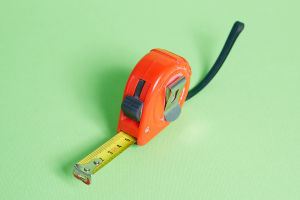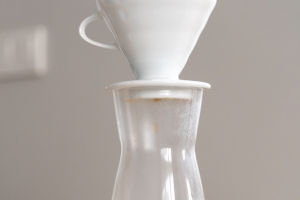Wind Turbines Is The Future
Wind energy has emerged as one of the most sustainable and eco-friendly solutions to combat climate change and reduce our dependence on fossil fuels.
At the heart of this green revolution is the wind turbine, a marvel of modern engineering that converts wind into clean, renewable energy. But Lykkers, how do wind turbines work, and why are they crucial to the future of energy production? Let’s explore.
What is a Wind Turbine?
The Basics of Wind Turbine Design
A wind turbine is a device that transforms the kinetic energy of wind into electrical power. It consists of three main components: the rotor blades, the nacelle (which houses the generator), and the tower. The wind spins the rotor blades, which in turn spins the shaft connected to a generator, producing electricity. The design may seem simple, but the technology behind it is sophisticated and highly efficient.
Types of Wind Turbines
There are two main types of wind turbines: horizontal-axis wind turbines (HAWT) and vertical-axis wind turbines (VAWT). HAWTs are the most common and recognizable, with blades that resemble airplane propellers. VAWTs, on the other hand, have a different design where the rotor shaft is arranged vertically. Though less efficient, VAWTs are useful in areas with variable wind directions and lower wind speeds.
How Wind Turbines Generate Electricity
The Role of Kinetic Energy
Wind turbines work by capturing the kinetic energy of the wind. When the wind blows, it pushes against the blades, causing them to rotate. This rotation turns a shaft inside the turbine, which is connected to a generator. The generator converts this mechanical energy into electrical energy. The electricity is then transmitted to the grid or stored in batteries for later use.
How do wind turbines work? - Rebecca J. Barthelmie and Sara C. Pryor
Video By TED-Ed
Wind Speed and Efficiency
The amount of electricity generated depends largely on the wind speed. Most wind turbines require a minimum wind speed of 7-10 miles per hour to start generating power, but they are most efficient when winds are blowing at 30-35 miles per hour. Modern wind turbines are designed to shut down in extremely high winds (over 55 miles per hour) to prevent damage.
The Advantages of Wind Turbines
Renewable and Sustainable
One of the biggest advantages of wind turbines is that they generate energy from a renewable resource – the wind. Wind is abundant, sustainable, and does not produce harmful emissions like fossil fuels. Wind turbines offer a clean alternative to conventional energy sources and play a key role in reducing greenhouse gases.
Cost-Effective in the Long Run
While the initial cost of wind turbine installation can be high, they are cost-effective over time. The fuel (wind) is free, and maintenance costs are relatively low once the turbines are operational. Many countries are investing in wind farms to take advantage of this affordable and sustainable energy source.
Challenges Facing Wind Turbines
Intermittency and Reliability
One of the challenges of wind energy is its intermittency. Wind does not blow consistently, meaning that turbines cannot generate power 24/7. However, advancements in energy storage technology are helping to address this issue by allowing excess power to be stored during periods of high wind and used when the wind is calm.
Environmental and Aesthetic Concerns
Although wind energy is clean, some people oppose wind turbine installations due to concerns about their impact on wildlife and aesthetics. Birds and bats can be harmed by the rotating blades, and the turbines can be considered an eyesore by those who live near wind farms. These concerns have led to efforts to design more eco-friendly turbines and place them in less disruptive locations, such as offshore.
Wind turbines are a powerful tool in the fight against climate change, offering a clean and sustainable energy source. While there are challenges, the benefits of wind energy far outweigh the downsides, especially as technology continues to improve. As we look to the future, wind turbines will play a crucial role in helping the world transition to renewable energy, reducing our carbon footprint, and creating a greener planet for future generations.


